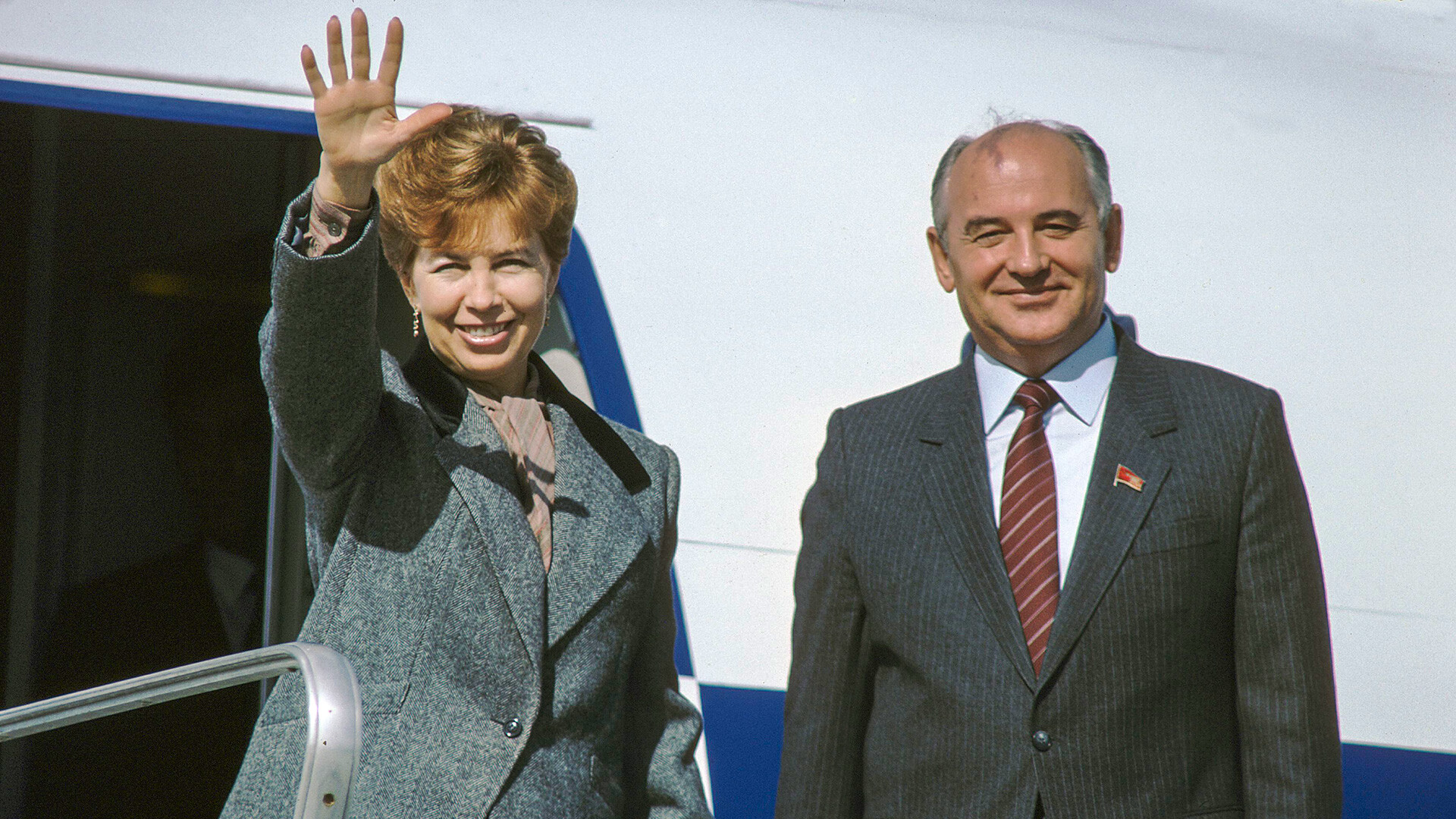
The Gorbachevs arrived in Paris, 1985
Michel SETBOUN/Gamma-Rapho/ Getty ImagesAccording to the Communist party, a woman should have looked, first of all, as a “comrade”, an equal member of society, as a worker, a mother… And only then – as a woman in herself. Femininity, interest towards beautiful clothes, hairstyles and makeup was, for a long while, considered to be the capitalist enemies’ “thing”. Hence, the wives of the Soviet General Secretaries looked quite modest.
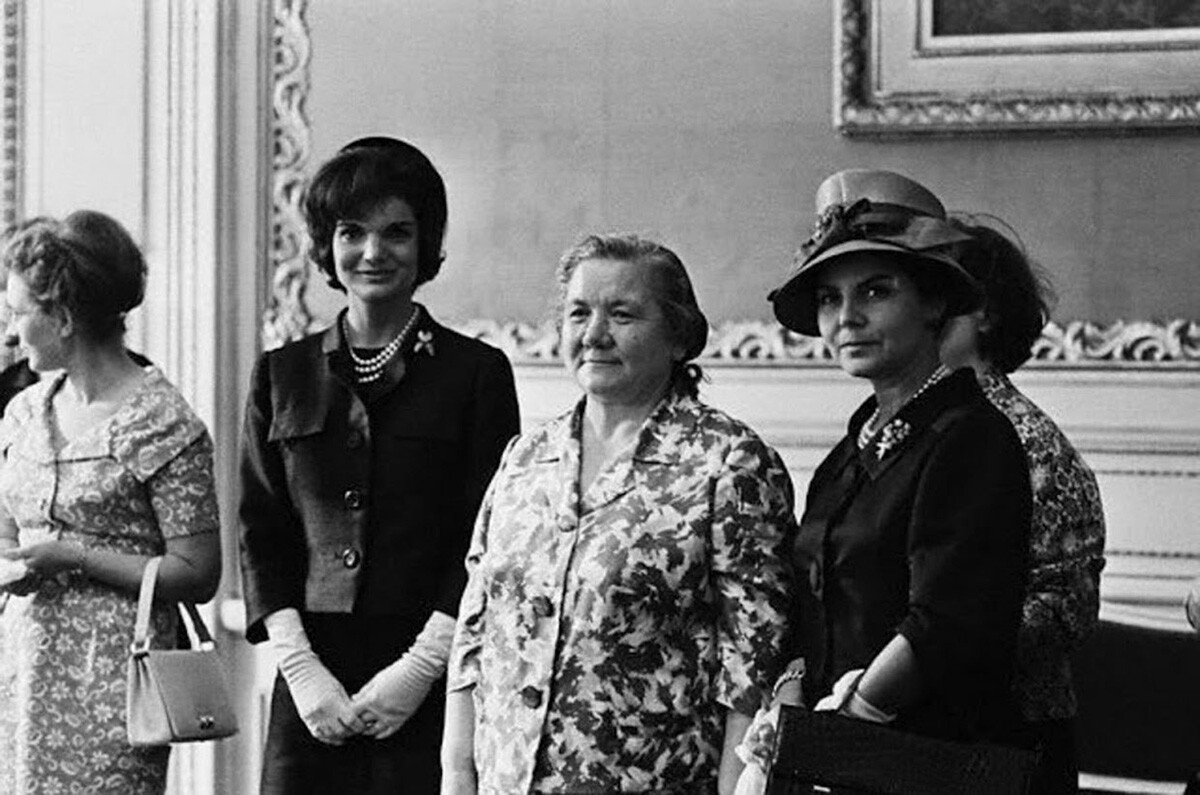
Jacqueline Kennedy and Nina Khrushcheva
Getty ImagesThe wife of the last head of the USSR, Mikhail Gorbachev, was completely different. Stylish and exquisite, she became a sort of symbol of perestroika in terms of fashion and style and inspired many fashionable women across the country. But, she only irritated the regular majority.
Raisa Maximovna Titarenko was born in 1932 in Siberia’s Altai Region, in the family of a railway engineer. Graduating school with a gold medal, she was admitted to Moscow State University without exams. It was there she met her future husband. Gorbachev was studying law, while she studied philosophy.
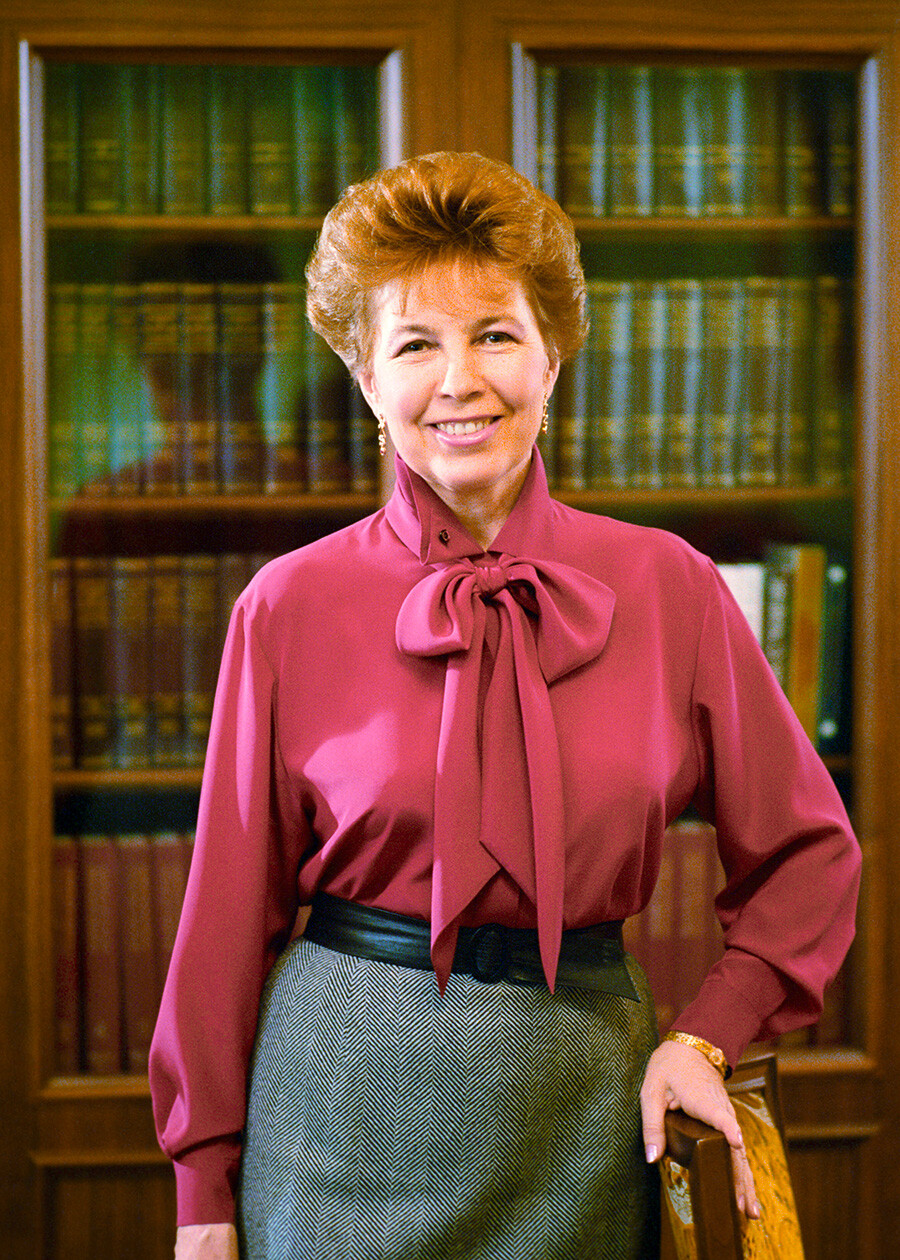
Raisa Gorbacheva
Nikolai Malyshev/TASSAfter graduating, she, sacrificing her scientific career and postgraduate studies in the capital, followed her husband to Stavropol Territory, where he was sent to work by distribution. There, she taught philosophy at the local universities and gave birth to their only daughter Irina. She also managed to become a Doctor of Philosophy.
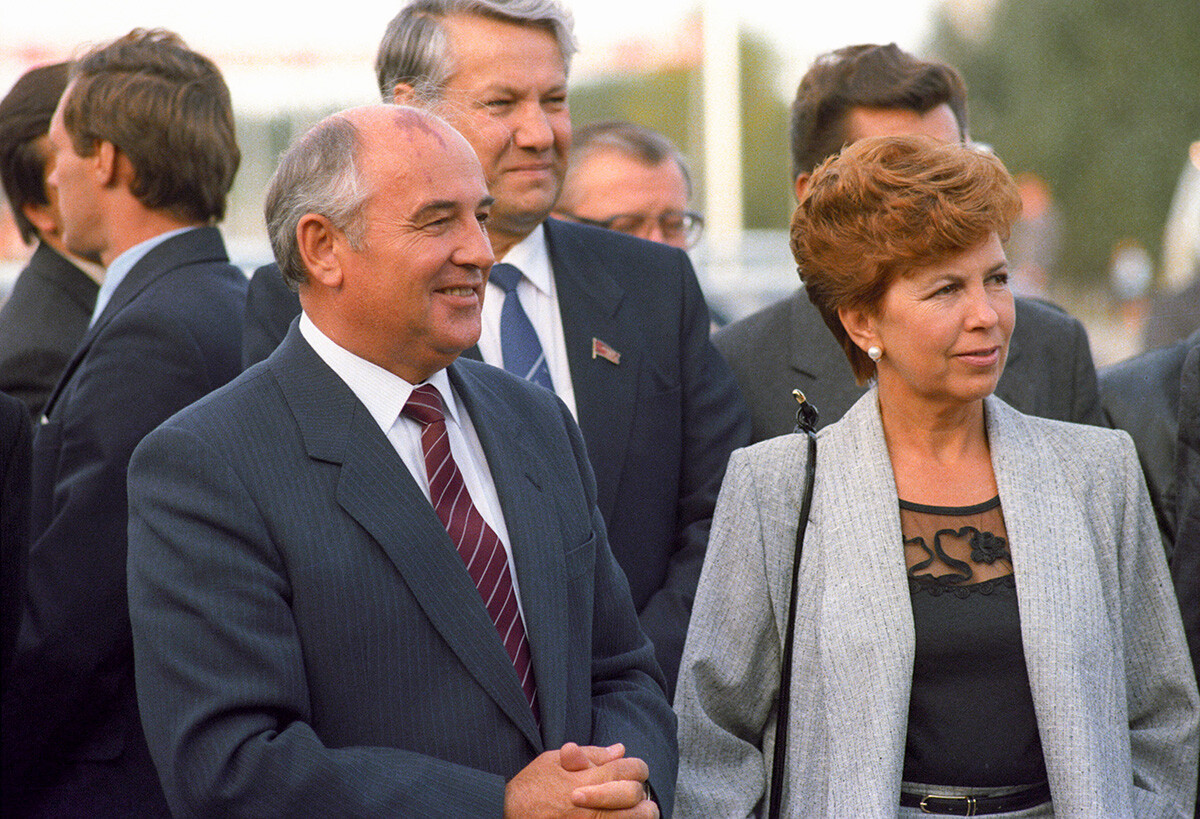
The Gorbachevs in Tyumen, 1985 (Boris Yeltsin is in the background)
Vladimir Musaelyan; Yuri Lizunov/TASSThe family returned to Moscow after almost 20 years and, in 1985, Mikhail Gorbachev was elected as General Secretary of the Communist Party of the Soviet Union, meaning that he practically became the head of the country (later, he would become the first and the last president of the USSR). Under him, the country saw an era of changes, known across the world as ‘perestroika’.
Gorbachev differed from his predecessors – he was energetic, spoke freely without notes, talked to people on the streets and, perhaps most importantly, he was relatively young. He is attributed with the fall of the Iron Curtain, the USSR’s opening to the world.
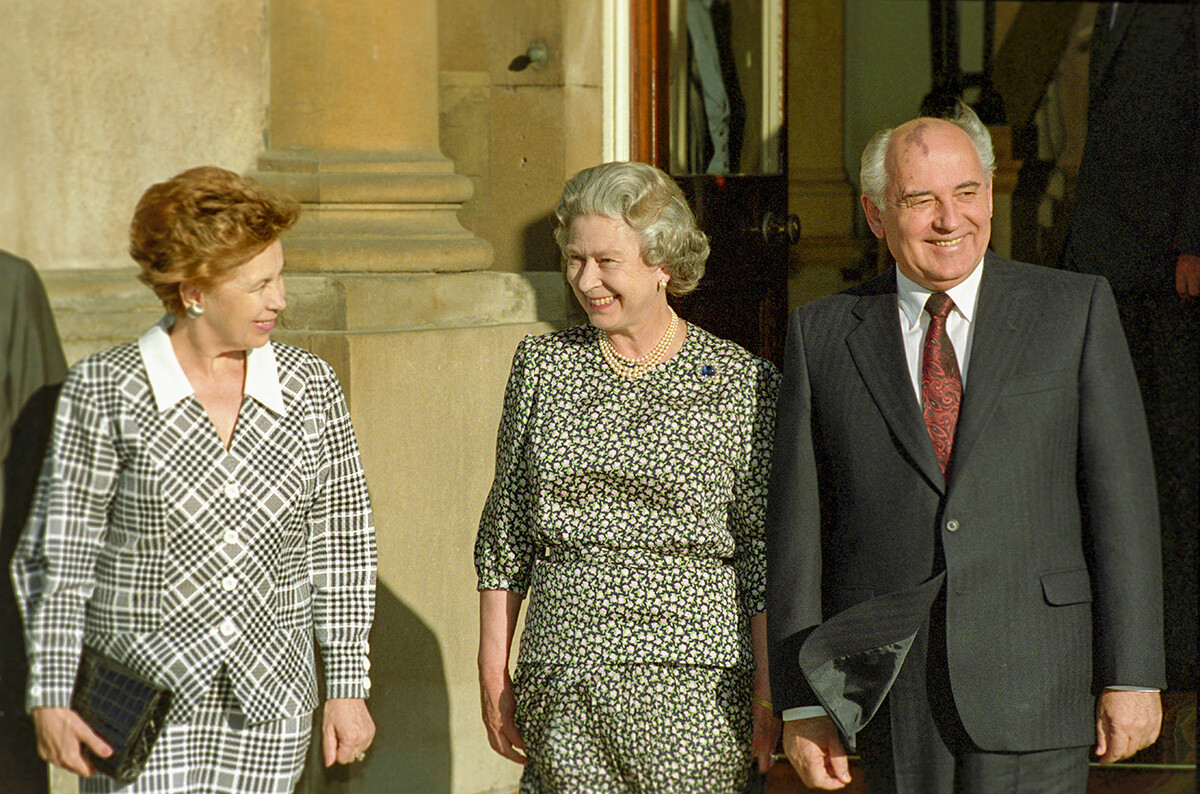
Mikhail and Raisa Gorbachev at a meeting with Queen Elizabeth II in London, 1991
Sergei Guneev/SputnikThe first lady, who always accompanied him in all his numerous trips and meetings with foreign leaders, was also different. Unlike her husband, Raisa Gorbacheva spoke fluent English and could communicate with foreign politicians without a translator – be it Margaret Thatcher, the English queen or the president of the USA.
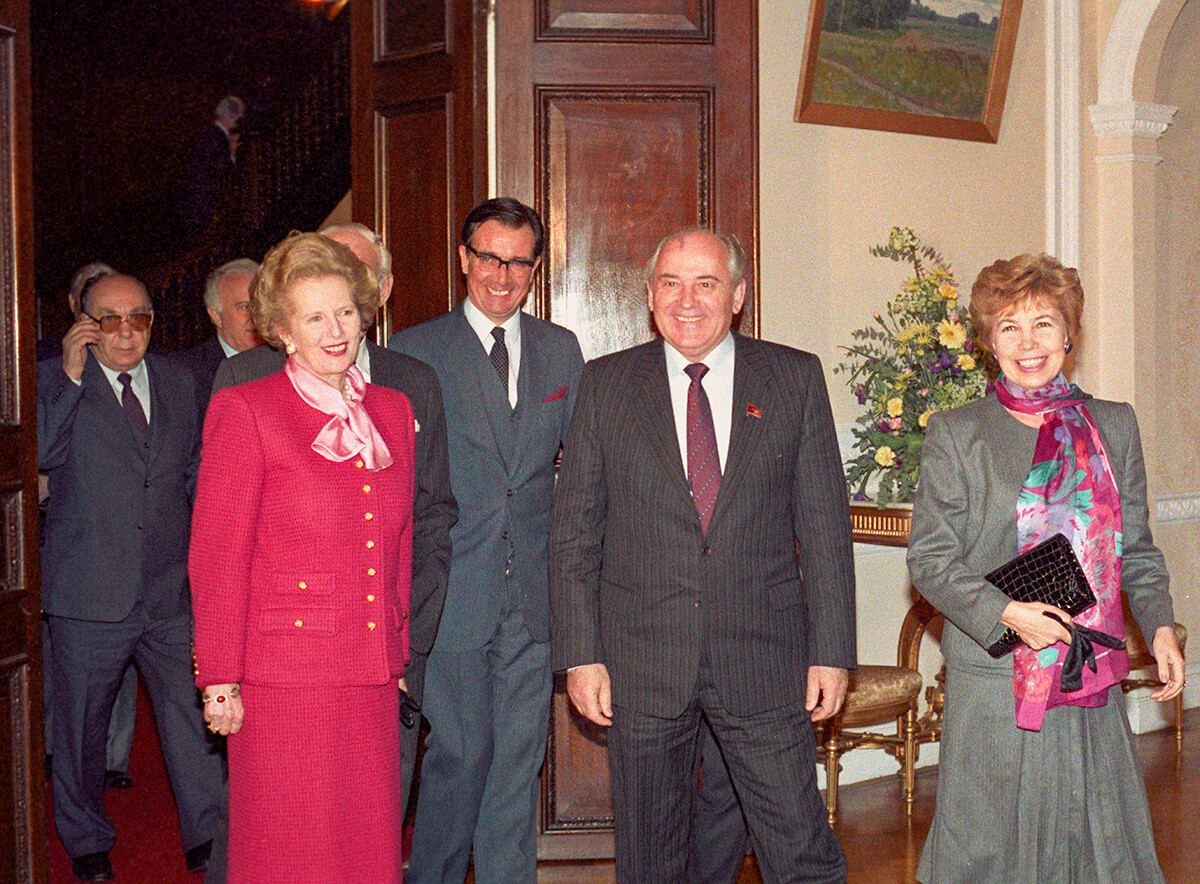
Mikhail and Raisa Gorbachev at a meeting with Margaret Thatcher in London, 1989
Yury Abramochkin/SputnikShe didn’t only concern herself with her own style, but with the look of her husband, as well, she watched both his suits and his physical shape. Their relationship often stepped out of protocol – almost the entire USSR knew about their big love. This love of Gorbachev was even viewed as a weakness; they said that his wife ruled both him and the country.
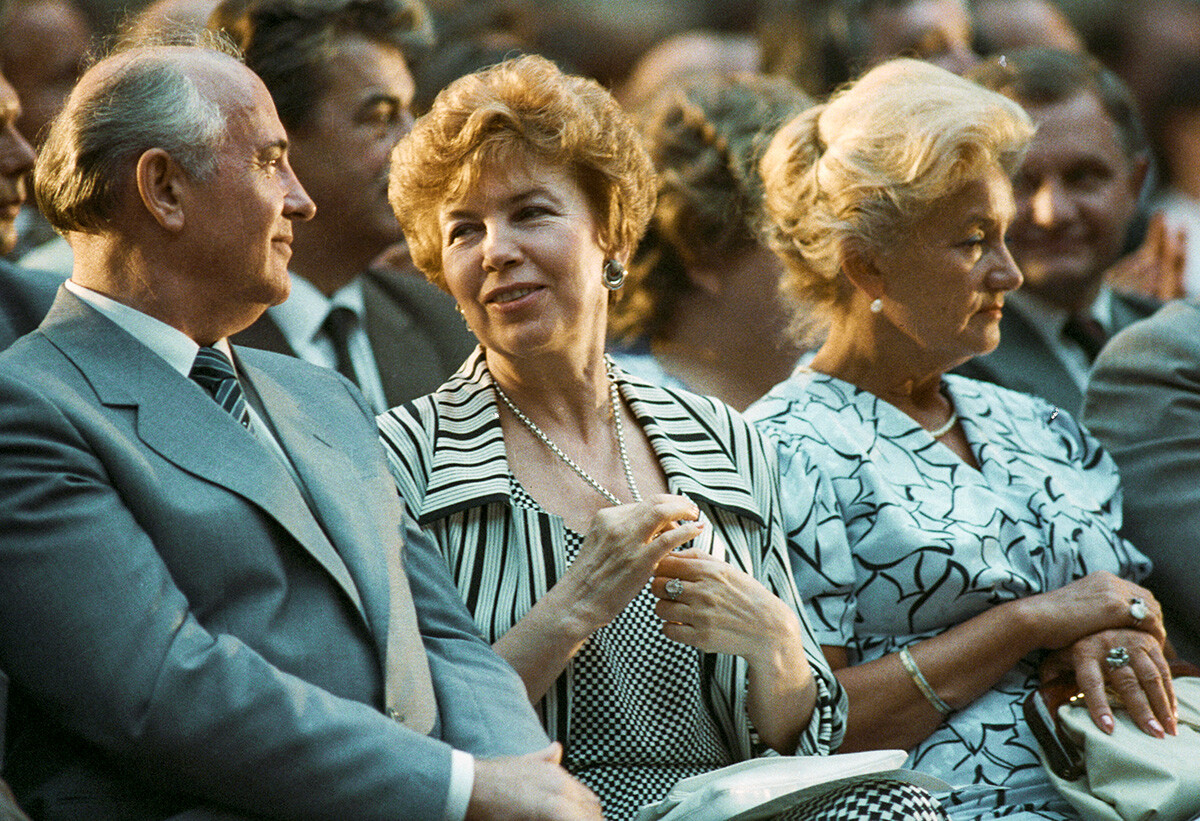
The Gorbachevs in Poland, 1988
Boris Babanov/SputnikGorbacheva was disliked by regular Soviet women. In these hard times, many considered her frequent outfit changes and outstanding look as squandering. Rumors were spread that she bought diamonds and expensive clothes from overseas.
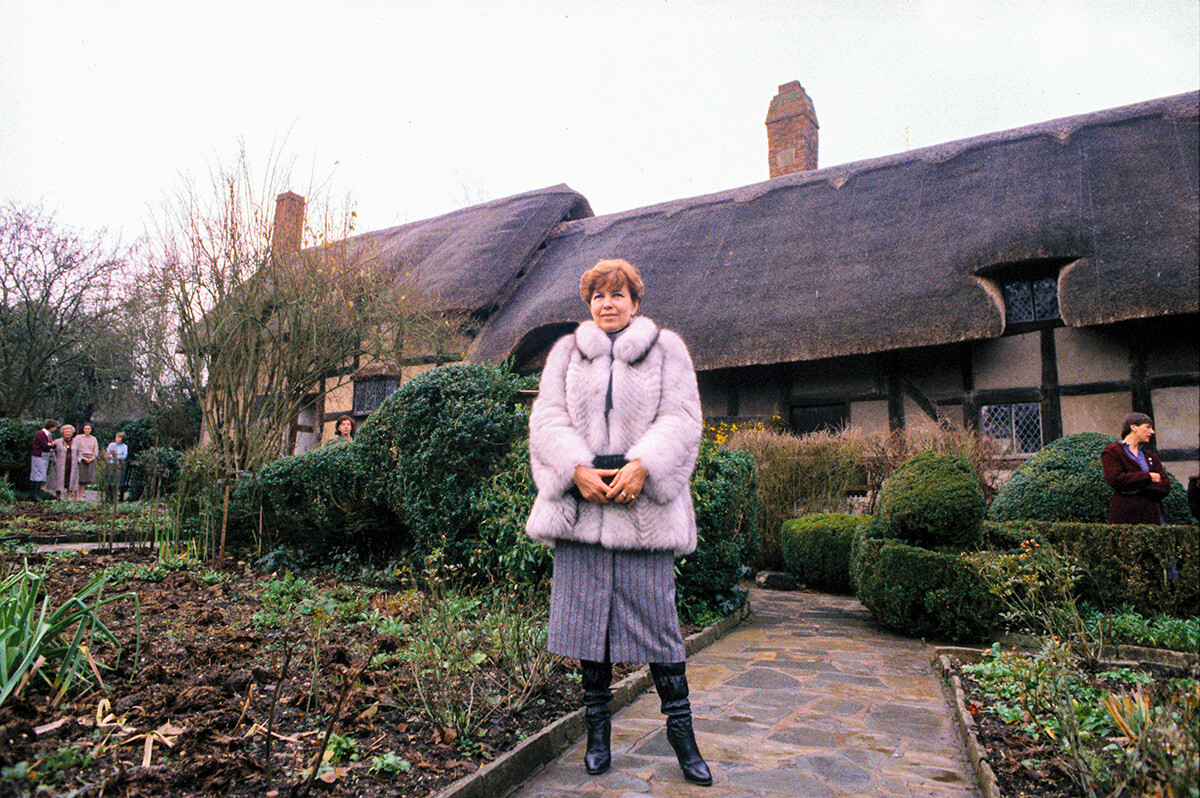
Raisa Gorbacheva near the old English Anne Hathaway’s Cottage, 1984
Bryn Colton/Getty Images“There are a lot of myths and speculations about my alleged love for villas, dachas, luxurious outfits, jewelry,” Gorbacheva herself said in an interview.
By the way, her outfits, contrary to the popular opinion, were sewn not by Yves Saint Laurent (who she loved a lot as a designer), but Soviet fashion designer Tamara Makeeva, picked by Gorbacheva herself. “Raisa Maximovna really loved silk blouses with bows and soft collars in combination with strict suits. She had her own preferences, for example, in color – she really liked burgundy, gray,” Russian Vogue wrote.
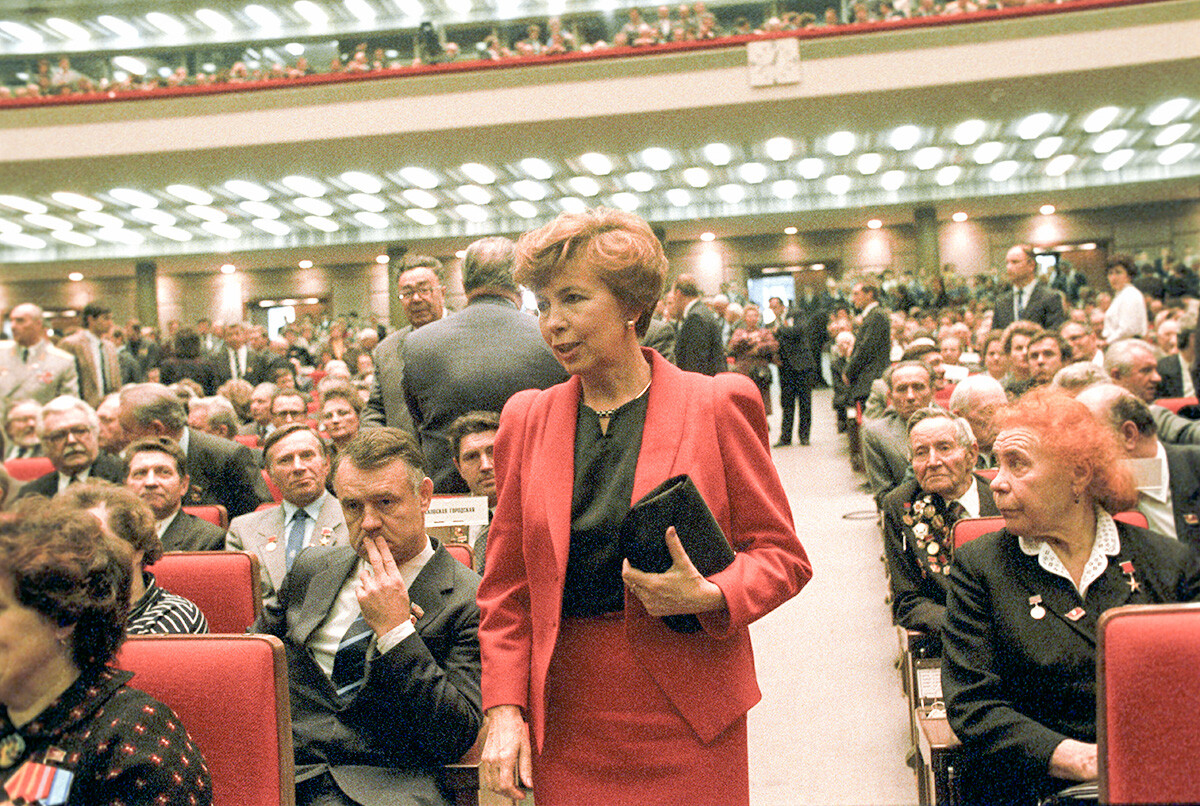
Raisa Gorbacheva as the head of the Soviet Cultural Foundation before the celebratory meeting of the Communist Party and the Supreme Soviet of the USSR, dedicated to the Revolution anniversary in the Moscow State Kremlin Palace, 1987
Yury Abramochkin/SputnikMany also criticized her active social position – she supported many different humanitarian projects and hospitals, she founded the Soviet Cultural Foundation that, in the difficult times at the end of the 1980s, financed a range of museums. “We want to be useful to our country,” Gorbacheva said even after her husband’s resignation.
She died in 1999 after a long illness. In 2022, she would have been 90 years old.
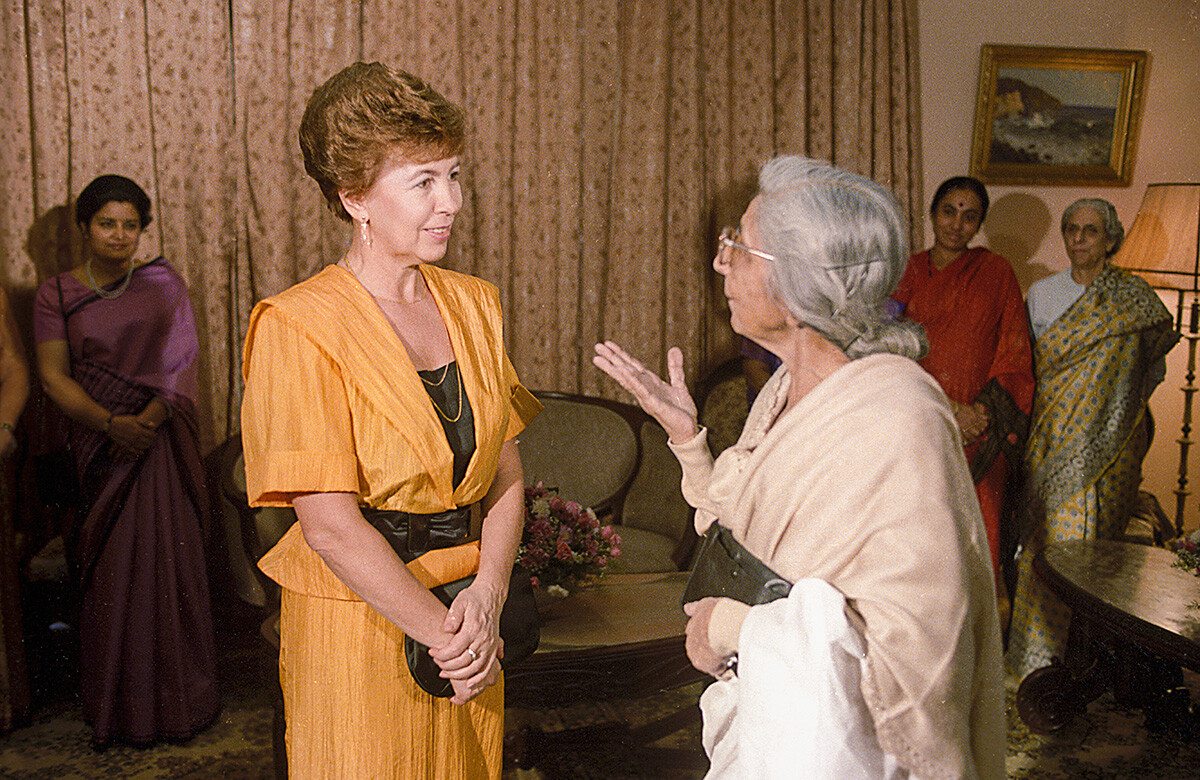
Raisa Gorbacheva in India, 1986
Yury Abramochkin/Sputnik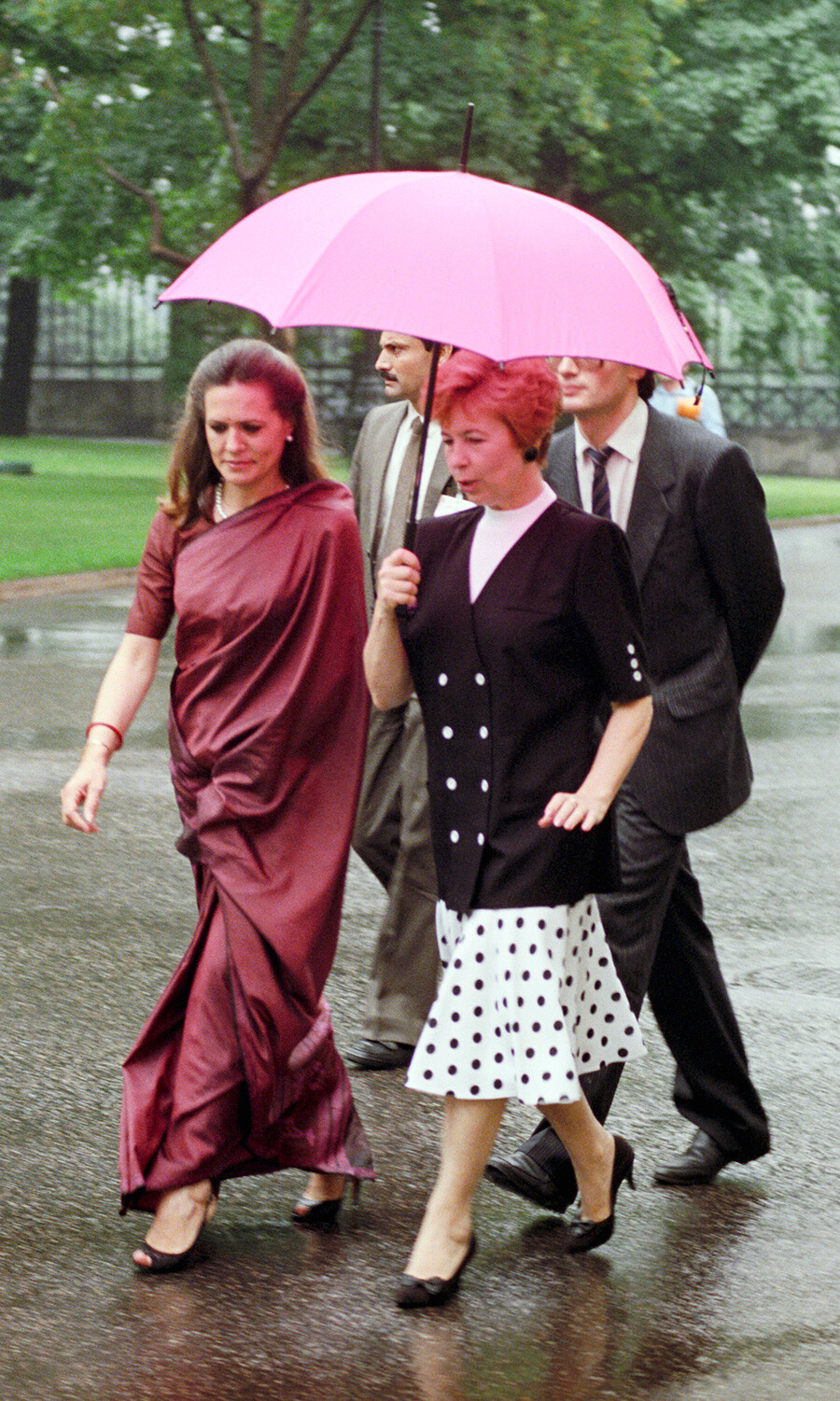
Raisa Gorbacheva shows the attractions of the Moscow Kremlin to the wife of the prime minister of India, Sonia Gandhi, 1989
Vitaly Saveliev/Sputnik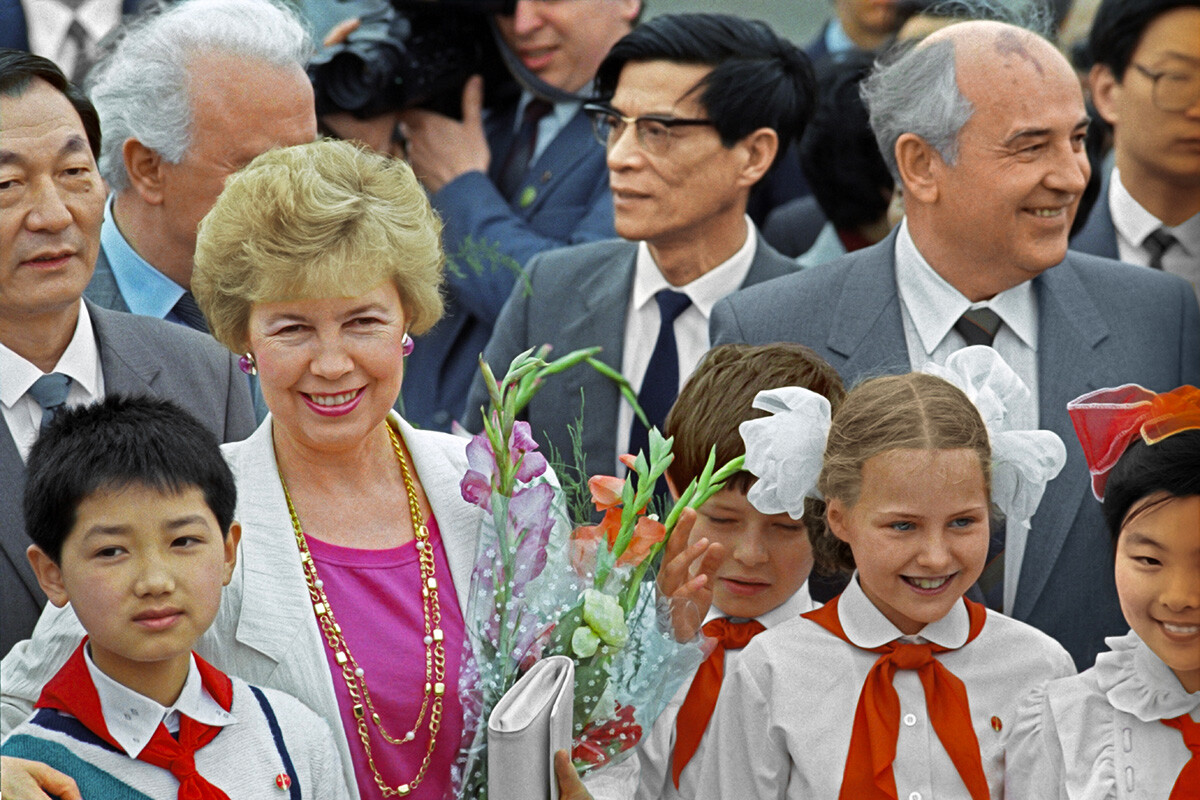
Mikhail and Raisa Gorbachev greeted at the Shanghai airport, 1989
Sergei Guneev/Sputnik
The Gorbachevs greeted at Madrid airport, 1990
Vladimir Vyatkin/Sputnik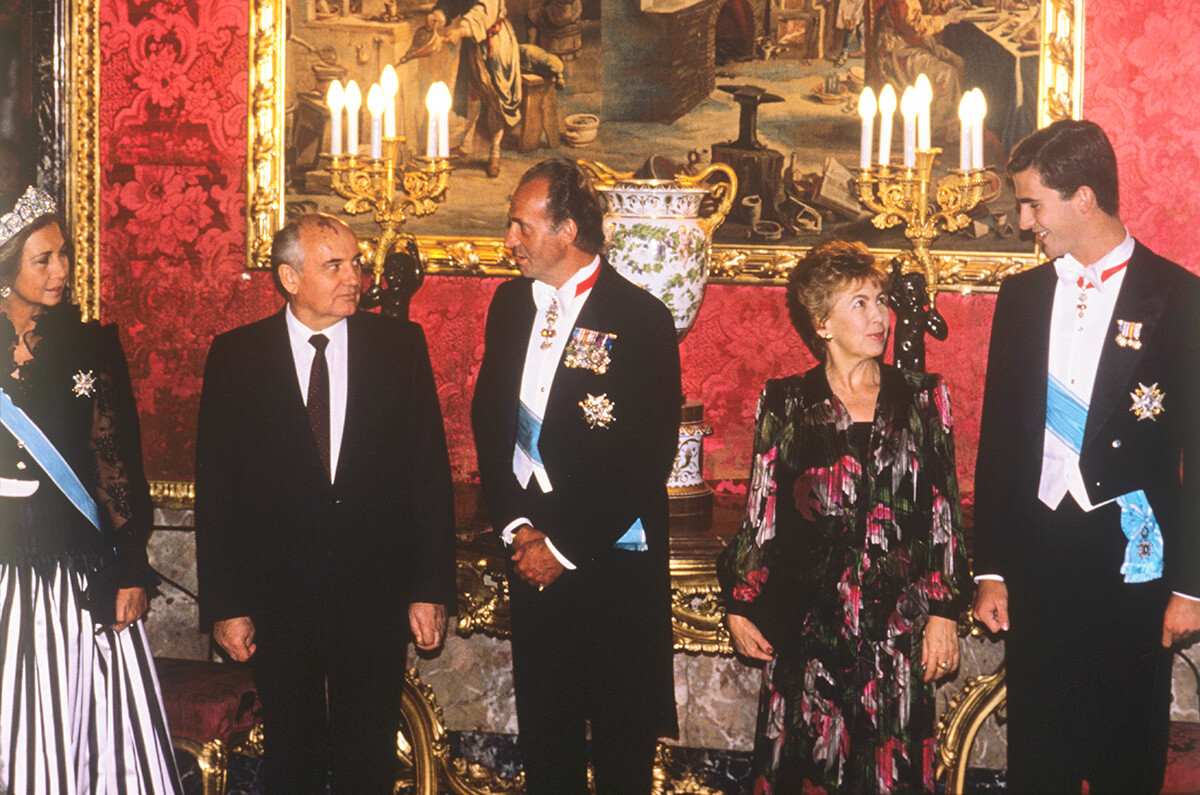
The president of the USSR and the first lady at an audience with the Spanish king – with his wife and the heir to the throne
Vladimir Vyatkin/Sputnik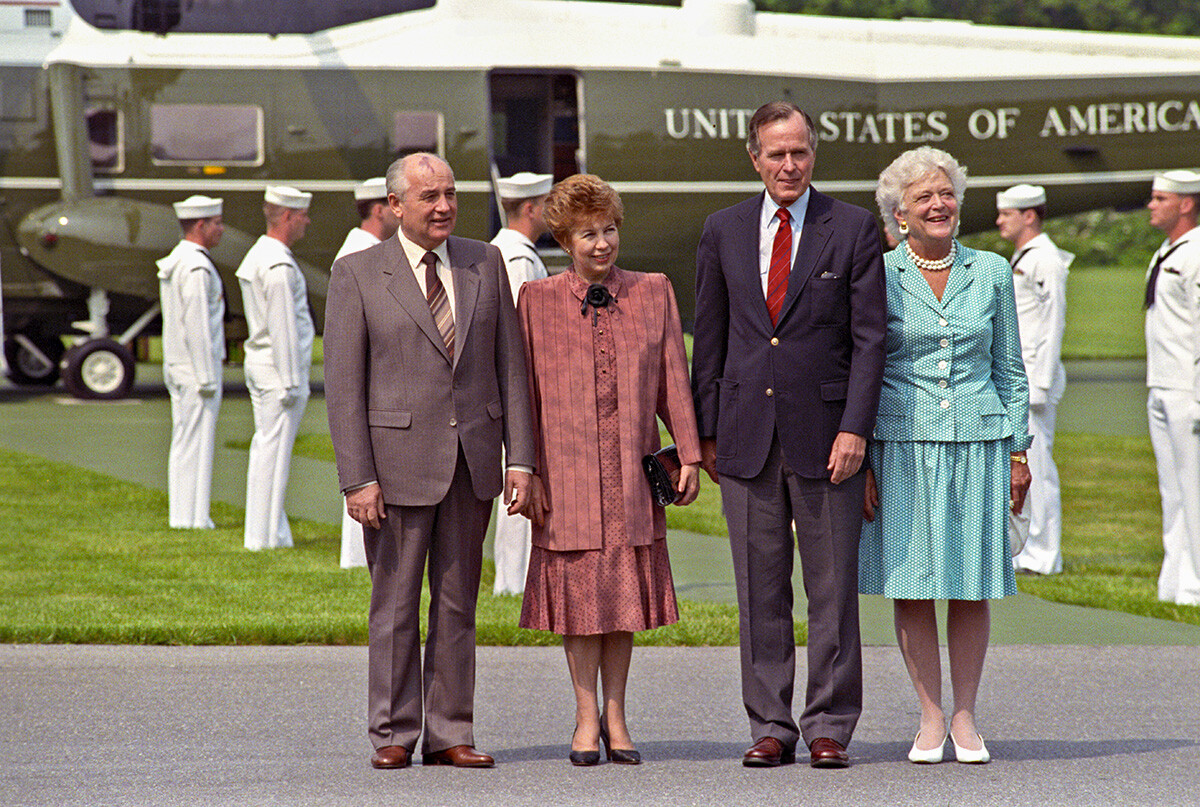
Mikhail Gorbachev and George H. W. Bush with their wives at the USA President’s country residence in Camp David, 1990
Alexander Makarov/Sputnik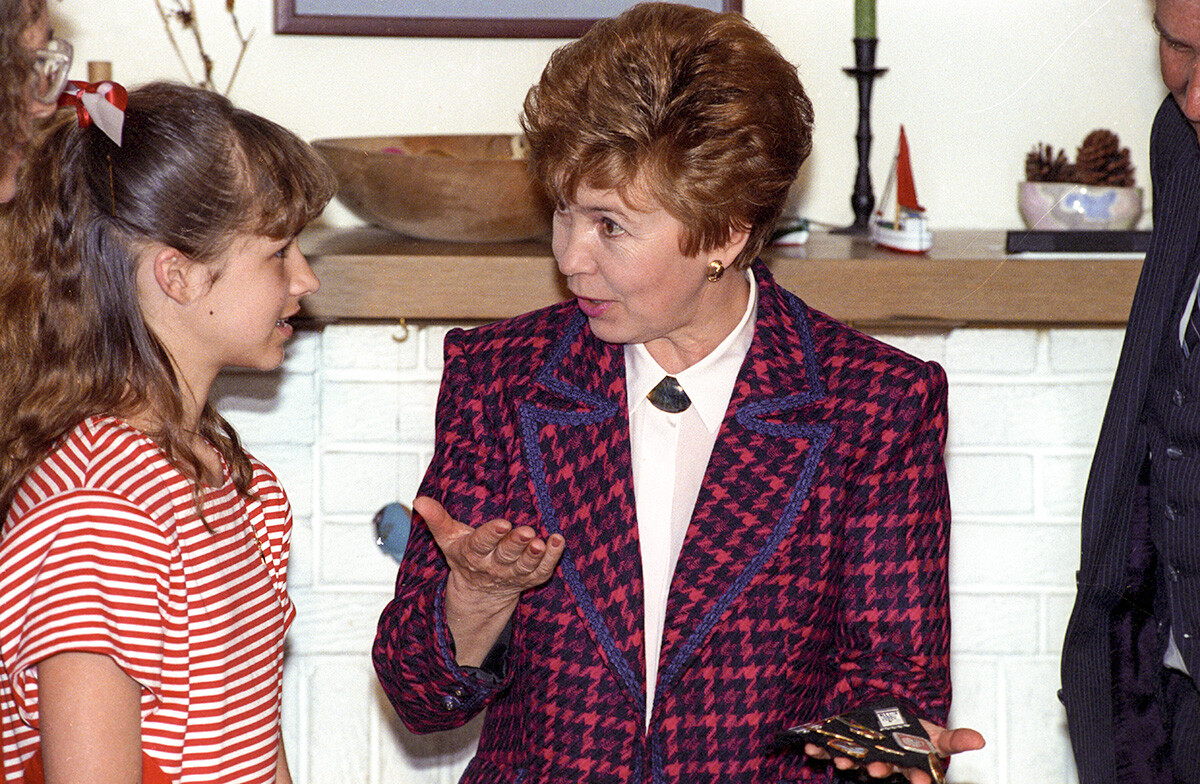
Raisa Gorbacheva visits an American family
Leonid Palladin/Sputnik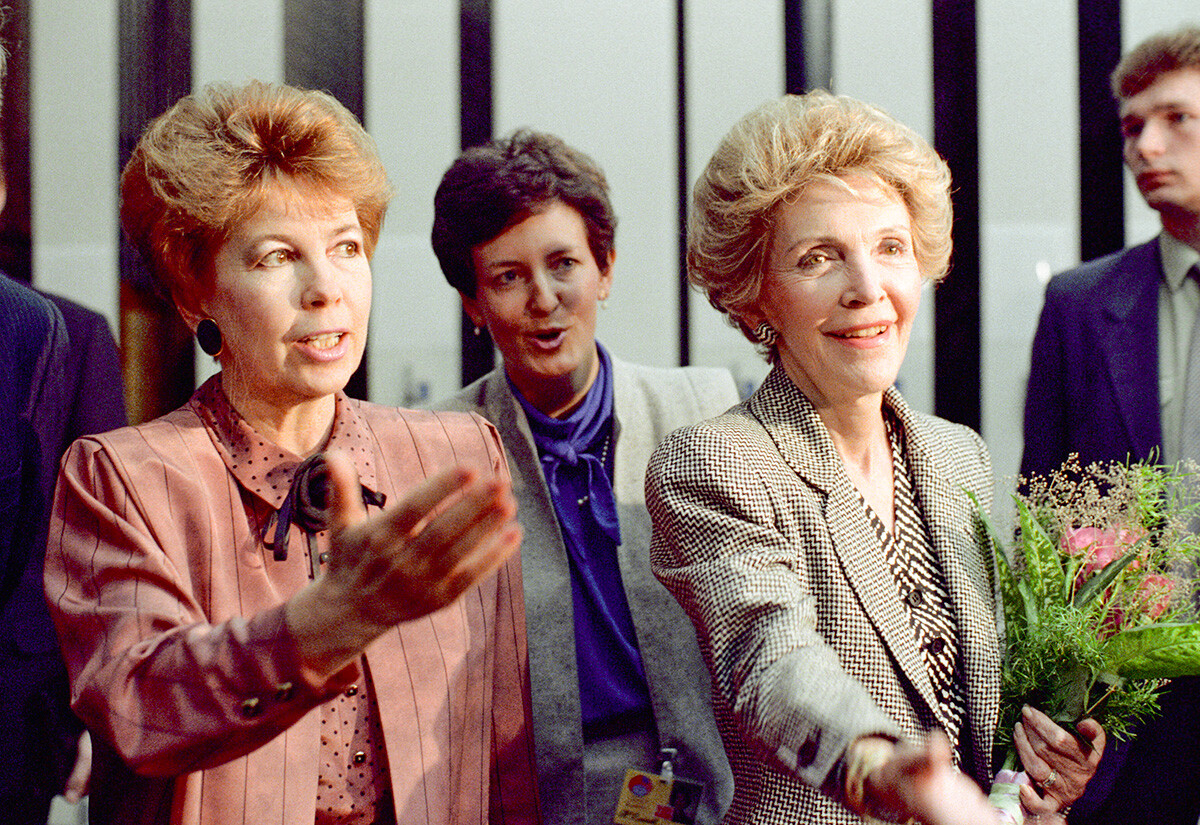
Raisa Gorbacheva and Ronald Reagan’s wife Nancy in Moscow, 1988
Alexanader Makarov/Sputnik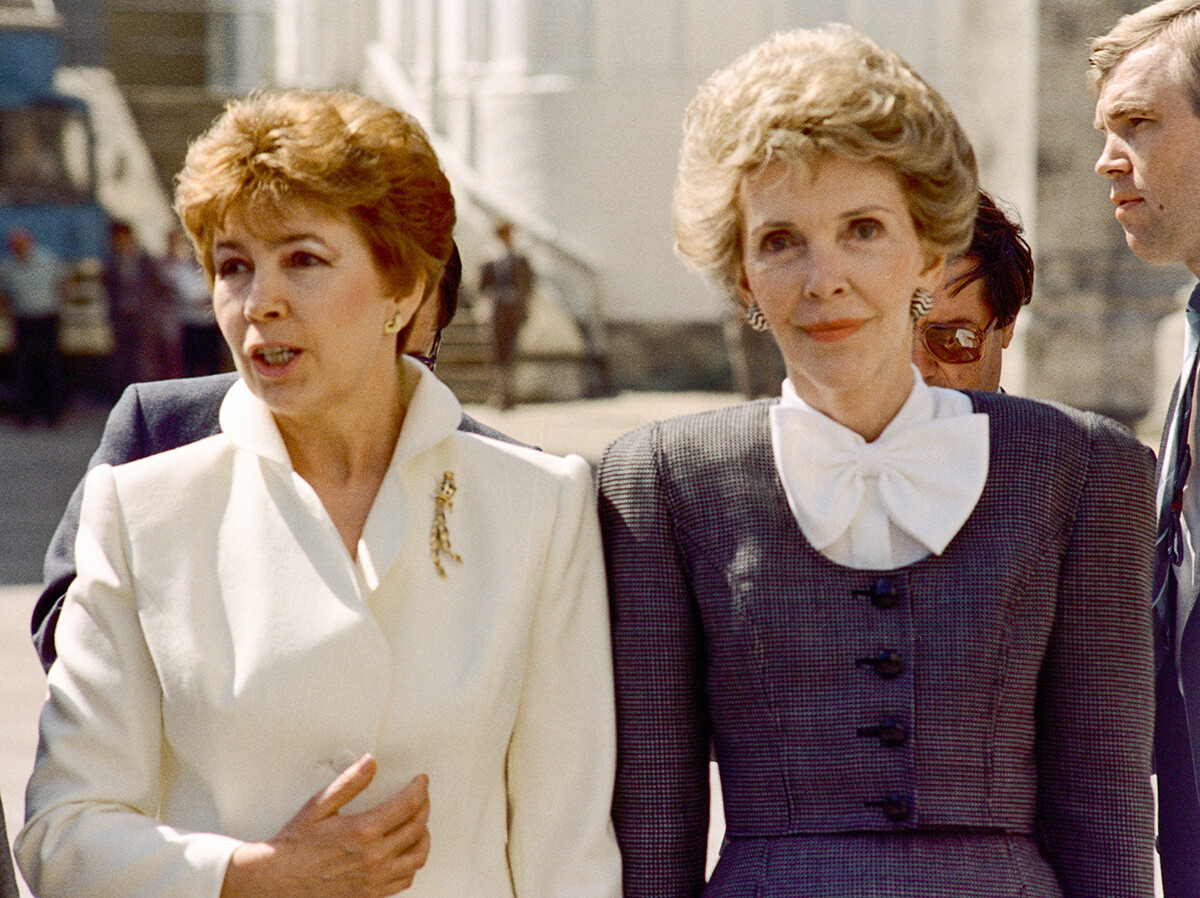
Raisa Gorbacheva and Nancy Reagan in Moscow, 1988
Alexander Makarov/Sputnik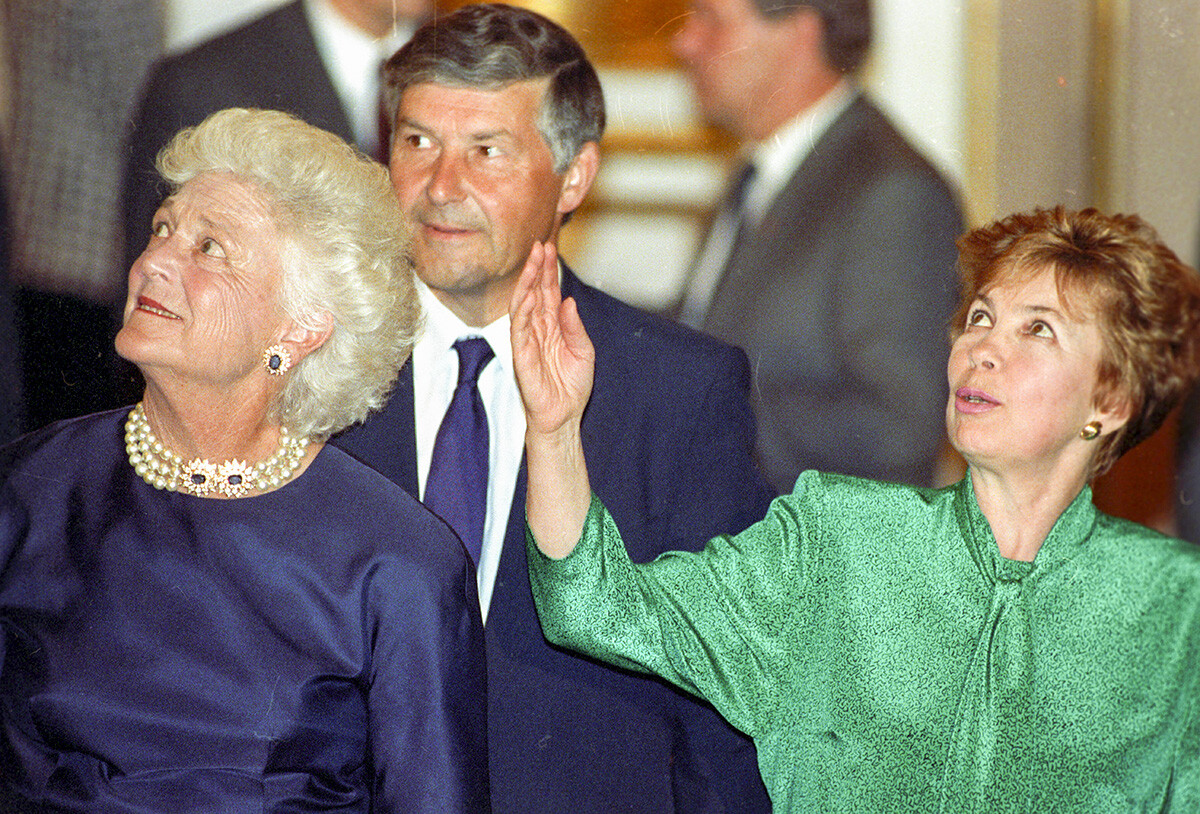
Raisa Gorbacheva and Barbara Bush during the president of the USA’s, George H. W. Bush, visit to Moscow, 1991
Sergei Guneev/Sputnik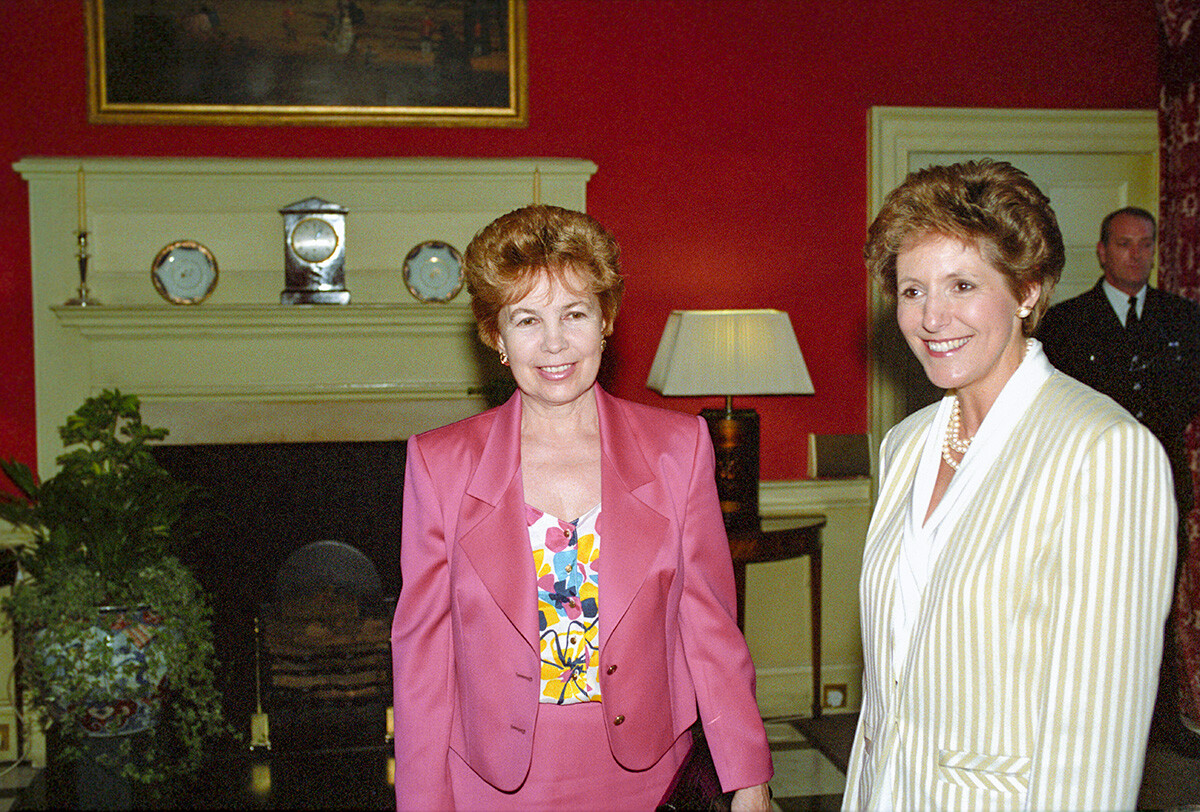
Raisa Gorbacheva and the wife of the UK prime minister, Norma Major, before the G7 Summit in London, 1991
Sergei Guneev/Sputnik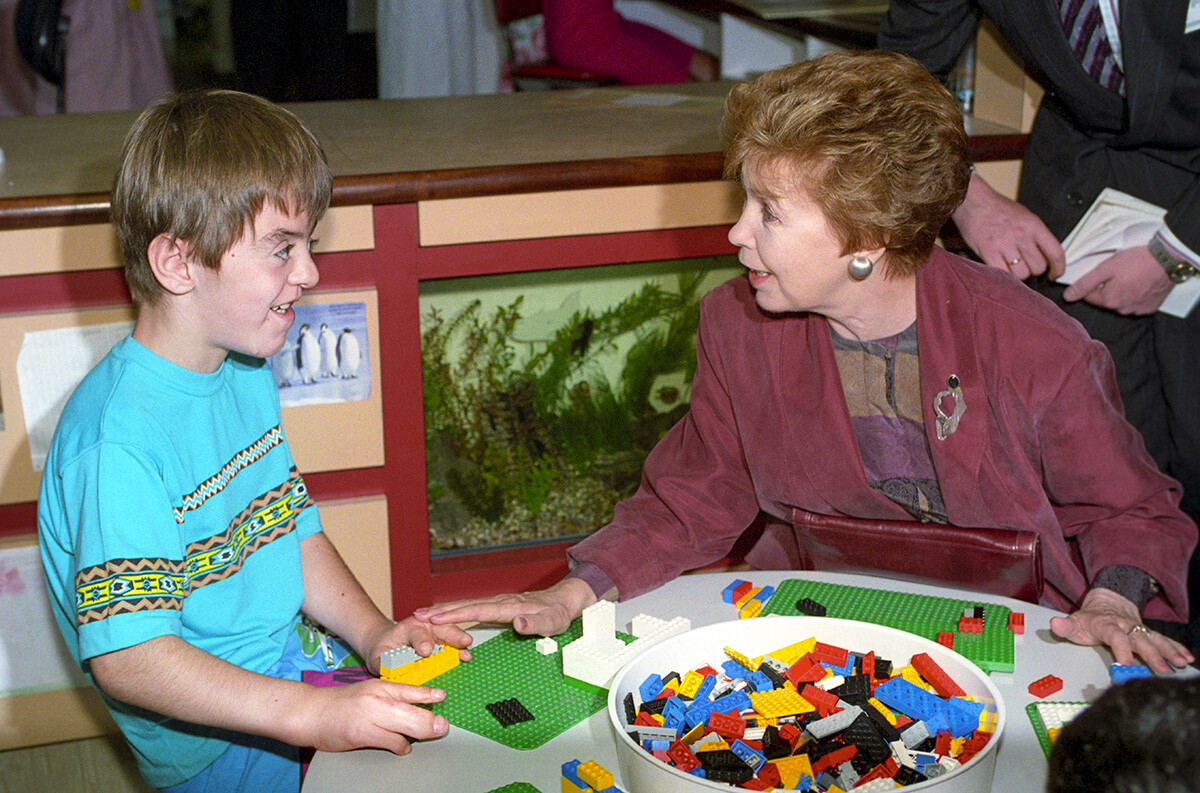
Raisa Gorbacheva at a children’s hospital in London, 1991
Sergei Guneev/Sputnik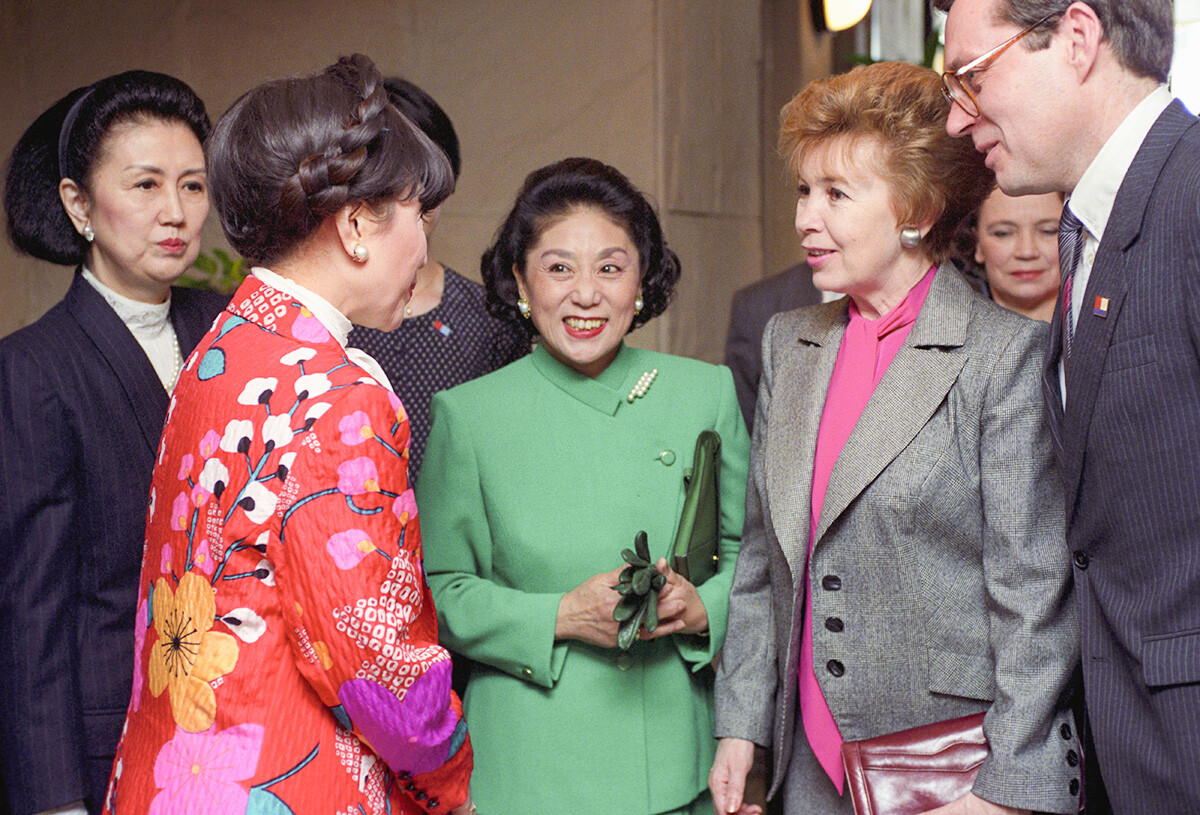
During a visit to Japan, 1991
Vladimir Vyatkin/Sputnik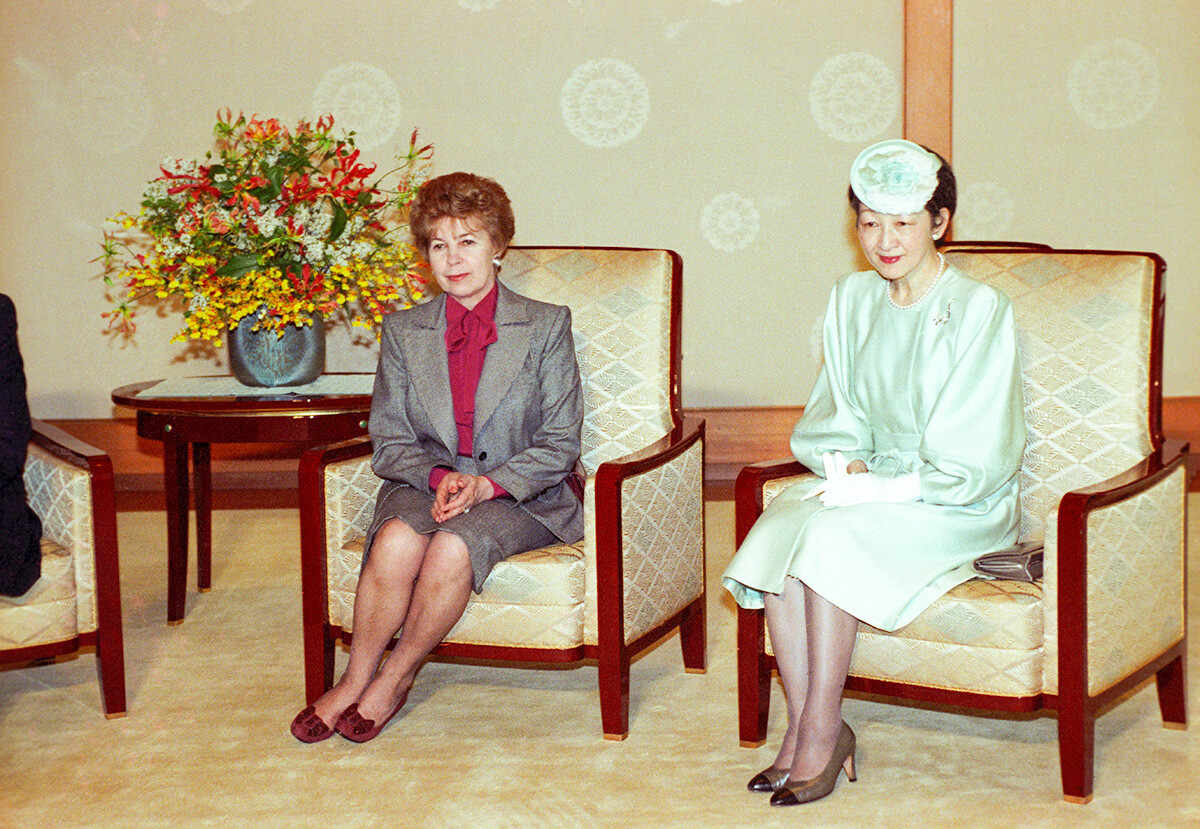
Raisa Gorbacheva and Empress Michiko during the visit of the president of the USSR to Japan, 1991
Yury Abramochkin/SputnikDear readers,
Our website and social media accounts are under threat of being restricted or banned, due to the current circumstances. So, to keep up with our latest content, simply do the following:
If using any of Russia Beyond's content, partly or in full, always provide an active hyperlink to the original material.
Subscribe
to our newsletter!
Get the week's best stories straight to your inbox